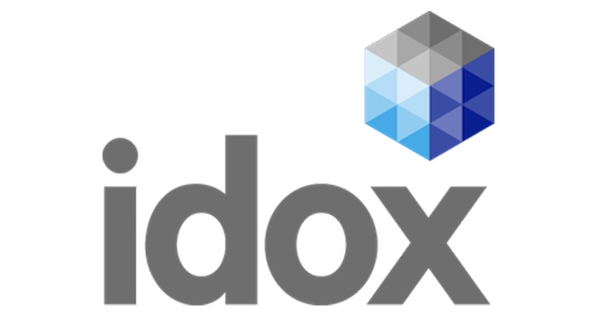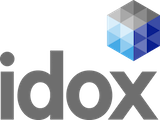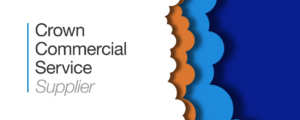Coping with COVID-19: How CAFM software can help
It has been a turbulent time for many, not least for facilities managers. Where implementing and maintaining safety procedures and regulatory compliance have always been key, the increased need for more stringent measures and adhering to evolving government guidance, emphasises the value of a dependable CAFM system to manage the whole raft of new challenges.
Tracking facilities on multiple spreadsheets is no longer enough to tightly control our facilities and maintain a supporting audit trail. Oliver Spires, Product Manager for Idox’s CAFM Explorer, tells the Facilities Management Journal (FMJ) how CAFM software can help FMs cope with the new requirements and stay safe and compliant.
1. Effectively managing social distancing in the workplace
Where employers are encouraging staff back to the workplace, social distancing is a key priority to make people feel safe. Working with a ‘return to work policy’, CAFM software can be configured to allow staff to book resources, desks, or meeting spaces before travelling to the office. Systems administrators can easily turn on or off spaces available to book, offering piece of mind, ensuring sufficient space is maintained and supporting other policies such as staggered start and finish times. Crucially, ‘check-in and check-out’ capability can provide details on where and when staff have been within facilities, supporting government guidance:
“…if someone develops symptoms, they will be encouraged to alert the people they have had close contact with in the 48 hours before symptom onset. If any of those close contacts are co-workers, the person who has developed symptoms should consider asking their employer to alert those co-workers”. https://www.gov.uk/guidance/nhs-test-and-trace-workplace-guidance#guidance-for-employers
2. Planned preventative and reactive maintenance
As offices, campuses, retail outlets and leisure industry facilities are starting to reopen, welcoming back staff and clients, FMs are being challenged with additional planned and reactive maintenance tasks. With the help of CAFM software, planned maintenance ensures routine work orders are scheduled, automatically triggering work orders.
A new challenge might be organising meeting space disinfecting regimes. Using CAFM, hygiene work orders can be associated with room booking schedules, building in cleaning times between meetings.
Systems offering self-service functionality allows end users to log issues that the facilities team can monitor and allocate to their mobile workforce. Engineers, tradespeople, and service providers can work ‘on-the-go’, with the option to record travel time between jobs.
Risk assessments and action checklists can be set up for teams carrying out work to answer a defined list of questions, capturing essential and auditable data for reporting adherence to government guidelines.
3. Adherence to government guidance and regulations
Regulation has always been integral to an FM role but with increased compliance and more rigorous provisions needed within planned work schedules, CAFM software can help support health and hygiene regimes, for example sanitising and handwashing and the need for air-conditioned environments to be more closely monitored. Planned work orders can cover anything from electrical systems, lighting to water systems and treatments and ensuring that all HVAC and environmental systems are checked, occupancy levels are reset, and fire testing routines are resumed and maintained. It’s also important to restore planned preventative maintenance tasks with your service provider – waste, food and drink, post, pest control and statutory checks on facilities such as gas systems and lifts.
4. Asset management and stock control
With home working still the case for many office workers, CAFM can help keep track of IT equipment allocation. For those on site, it can track new equipment that has been purchased to support safety in the workplace – screens, automatic hand sanitising units, temperature gauges and air quality monitors.
Software will support efficient management of stock, giving real-time analysis and full details of stock, and supplier information and levels for automatically triggering restocking. For example, ensuring your business has optimum supplies of hand sanitiser, face masks and other PPE. It integrates with your help desk to allocate stock to both reactive and planned work orders, improving your efficiency and preventing overspend.
5. Reporting and oversight
Recording data in a CAFM system enables facilities managers to plan, make better strategic decisions, reduce costs, and track all aspects of their estates in one platform. In the current environment, it’s even more important to capture and create specific reports on essential risk assessment and checklist responses. It’s also important to see where staff have booked into and checked out of workspaces and who they have been in proximity to. A CAFM tool which allows you to design your own reports and dashboards, tailored to specific business requirements, offers a lot of value and supports these increased reporting requirements.
You can find out more about Idox and our facilities management software or contact our team to arrange a demo link to new contact us page






